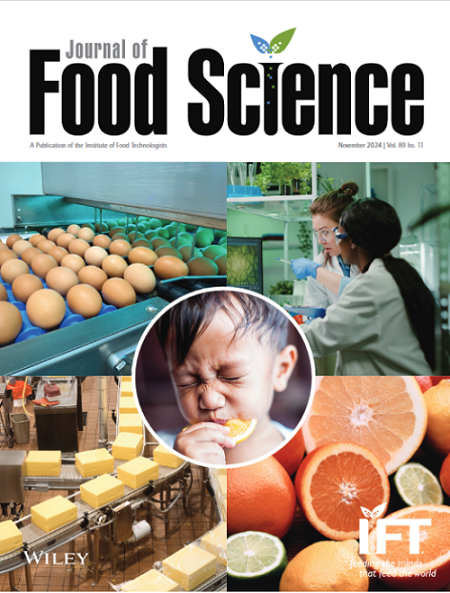The objective of this study was to examine the influence of chocolate formulation (sweetener and color) on consumer sensory acceptance and emotional response across two consumer populations, Brazilian and Polish. White chocolate samples (n = 10) were formulated with differences in sweetener (sucrose, rebaudioside A) and color (red, blue, yellow, green). Along with a trained panel, consumers in Brazil (n = 120) and Poland (n = 120) evaluated chocolate samples for liking and associated emotions. Color was not found to influence sweetness or flavor perception, indicating the absence of cross-modal influence. However, the yellow-colored chocolate was liked less than the blue, green, or red chocolate. Emotions were a stronger driver of product liking in the Brazilian population compared to the Polish consumers. This research shows the influence of color on consumers perception, with implications of using natural colors in chocolate production and “yellowing” in white chocolate.
The recipe may be used in chocolate manufacturing to produce free-sugar chocolate targeted to consumers with health conditions, such as diabetes. Our research also gives the solution for practical application of natural dyes to white chocolate to cover the problematic “yellowing,” which is considered defect of this product and results in the low consumer acceptance. The dyes that are suggested to add are of red, green, or blue color due to high acceptability of consumers from different countries.


